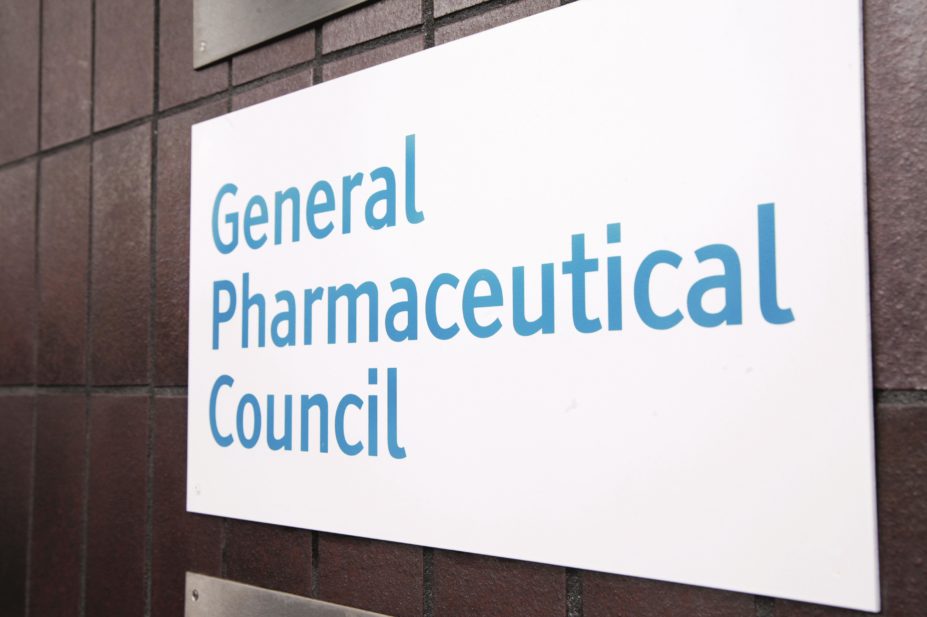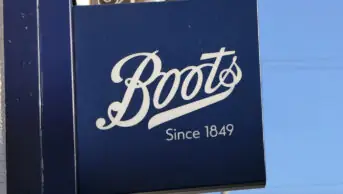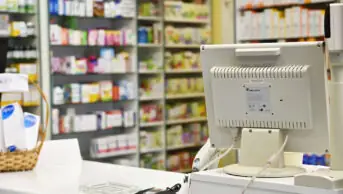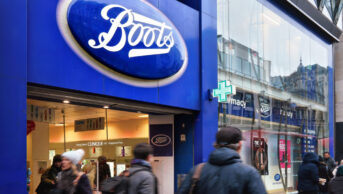
General Pharmaceutical Council
Men working for the General Pharmaceutical Council (GPhC) earn, on average, 14.2% more than their female colleagues, according to the GPhC’s gender pay gap report for 2017.
The GPhC’s median gender pay gap was 16.5%, in favour of men.
In its report, the GPhC highlighted that its mean and median pay gaps were “not greatly divergent”, suggesting that the figures were not skewed by very low or high earners.
In the UK, the mean gender pay gap is 14.1% and the median gender pay gap is 9.1% for full-time workers. But when all workers, including those who work part-time, are included, the gap increases to 17.4% for mean earnings and 18.4% for median earnings, placing the GPhC below average.
All companies employing more than 250 staff were required to publish their gender pay gap by 4 April 2018 under new legislation that came into force in April 2017.
The GPhC employs fewer than 250 employees (225 employees as of April 2017), and so was not required to publish its gender pay gap data. However, it said that, as part of its commitment to transparency, equality, diversity and inclusion, it had decided to voluntarily publish its data on an annual basis.
The regulator also said it would tackle the existing gender pay gap.
“We are committed to the fair treatment and reward of all our employees and are planning to take a number of actions to tackling the gender pay gap identified through our analysis,” the GPhC said in its report.
It added that it would be undertaking a systematic review of pay and reward in 2018/2019; updating and implementing new guidance on starting salaries, promotion pay and pay awards; introducing a new approach to recruitment, focused on attracting a diverse range of talent; and supporting career progression with revised performance development review processes.
Among other healthcare regulators, the Nursing and Midwifery Council had a mean gender pay gap of 1.9% and a median pay gap of 3.7%; the General Medical Council (GMC) had a mean gender pay gap of 15.8% and a median gender pay gap of 6.7%.
In its February 2018 council meeting papers, the GMC said that to close the gender pay gap at an organisational level it would need to see an increasing proportion of women in senior management roles.
Of the pharmacy multiples, LloydsPharmacy had the largest mean pay and bonus gap, with male staff earning an average of 31% more than women per hour as of April 2017, and taking home 228% more in bonuses.
Boots had a lower mean gender pay gap, with male employees earning 21% more on average and 81% more in bonuses.
The Pharmaceutical Journal’s first Twitter chat on the topic of gender inequality in pharmacy comprised more than 1,200 tweets and heard that a lack of confidence, outdated attitudes towards childcare and inequality in recruitment at senior levels were among barriers to women progressing in their pharmacy careers.



